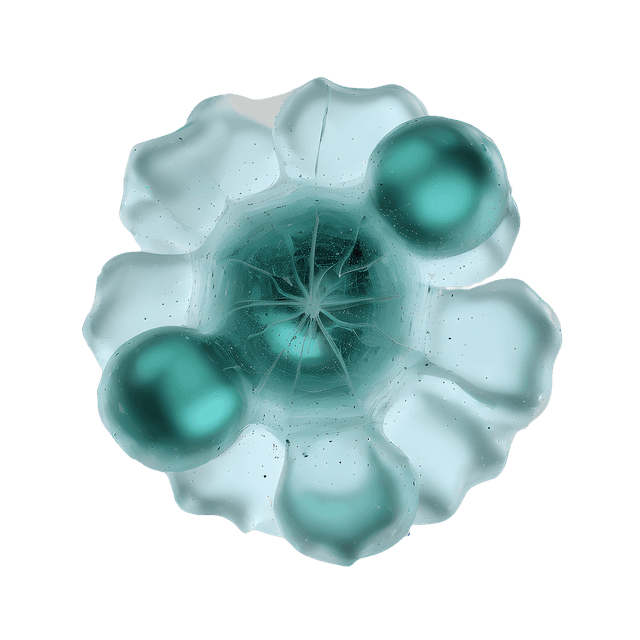What is Osteoarthritis
In the joints where the body's bones meet, there is a protective membrane called articular cartilage. The articular cartilage acts as a shock absorber and enables smooth movement by preventing the bones from rubbing against each other. In these joints there is also synovial fluid, which is responsible for supplying the joint cartilage with oxygen and nutrition. During physical activity, more synovial fluid is produced, which is important for maintaining joint health.
Arthritis occurs when joint cartilage breaks down faster than the body can repair it, resulting in an imbalance in the joint. This imbalance can cause a condition called joint failure where joint function deteriorates and pain and stiffness can occur. Osteoarthritis is a chronic disease that usually develops over time and can affect various joints in the body, including the knees, hips, hands and back.
Treatment for osteoarthritis focuses on relieving pain, improving joint function, and helping the patient maintain an active lifestyle. It can include various methods such as medications, physiotherapy, lifestyle changes and in some cases surgical interventions depending on the severity of the disease.
Symptoms of Osteoarthritis
Arthritis manifests itself through a number of clear symptoms that can be both painful and limiting. The most common symptoms of osteoarthritis include:
Pain: Pain is a dominant symptom of osteoarthritis. It can be persistent or occur during physical activity and strain on the affected joints. The pain can vary in intensity and affect everyday activities.
Stiffness in the affected joint: People with osteoarthritis often experience stiffness in the joints, especially in the morning or after prolonged inactivity. It may be difficult to get out of bed or stand up after sitting still.
Reduced mobility: Osteoarthritis can lead to a reduced ability to move the affected joint completely. It can limit mobility and make it difficult to carry out normal daily activities.
Muscle weakness: The muscles surrounding the affected joints may weaken due to pain and reduced use. This can contribute to further movement limitations and problems.
Fatigue: Osteoarthritis can also cause a feeling of general tiredness and exhaustion, especially when the pain is constant or recurring.
The symptoms of osteoarthritis usually develop gradually over time. They can be intermittent, with periods of more pronounced discomfort and periods of milder symptoms. It is important to note that osteoarthritis can affect various joints in the body, including the fingers, toes, knees, hips, back, shoulders and jaw. In case of inflammation of the articular cartilage, the joints may become red and warm. In addition, small nodules or bony growths, known as Heberden's nodules, may form on the outermost joints of the fingers, which may cause pain but are not dangerous in themselves. To manage osteoarthritis and relieve its symptoms, it is important to seek medical advice and explore appropriate treatment.
Causes of Osteoarthritis
There are several factors and causes that can contribute to the development of osteoarthritis :
Heredity: There may be a hereditary component to the development of osteoarthritis. If there are cases of osteoarthritis in your family, you may be more likely to develop the disease.
Long-term overload: Exposing the joints to long-term overload especially if it is in occupations that require heavy lifting or repetitive strain, can increase the risk of osteoarthritis. This is particularly common in the hip and knee joints.
Overweight and obesity: Overweight and obesity can increase the load on the joints, especially the knees and hips, which increases the risk of developing osteoarthritis.
Sports injuries: Previous sports injuries, especially to the knees and hips, can increase the risk of developing osteoarthritis later in life. Many serious knee injuries such as cruciate ligament injuries can lead to osteoarthritis later in life.
Age: The risk of developing osteoarthritis increases with age. Joint cartilage becomes more prone to breakdown and lose its elasticity over time.
Muscle weakness and physical inactivity: Weak muscles and lack of physical activity can put increased pressure on the joints and joint cartilage, which increases the risk of osteoarthritis.
Joint injuries: Congenital or acquired joint injuries can increase the risk of osteoarthritis. Examples of such injuries include joint instability or previous cartilage damage.
It is important to understand these risk factors and take preventive measures to reduce your risk of developing osteoarthritis, especially if you have a family history of the disease or if you have been exposed to any of the factors mentioned above.


























